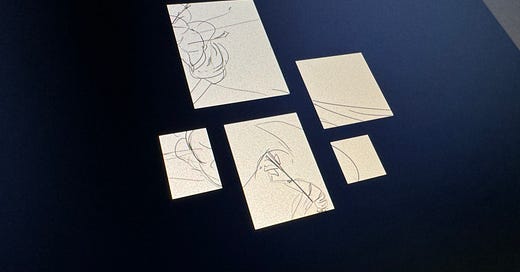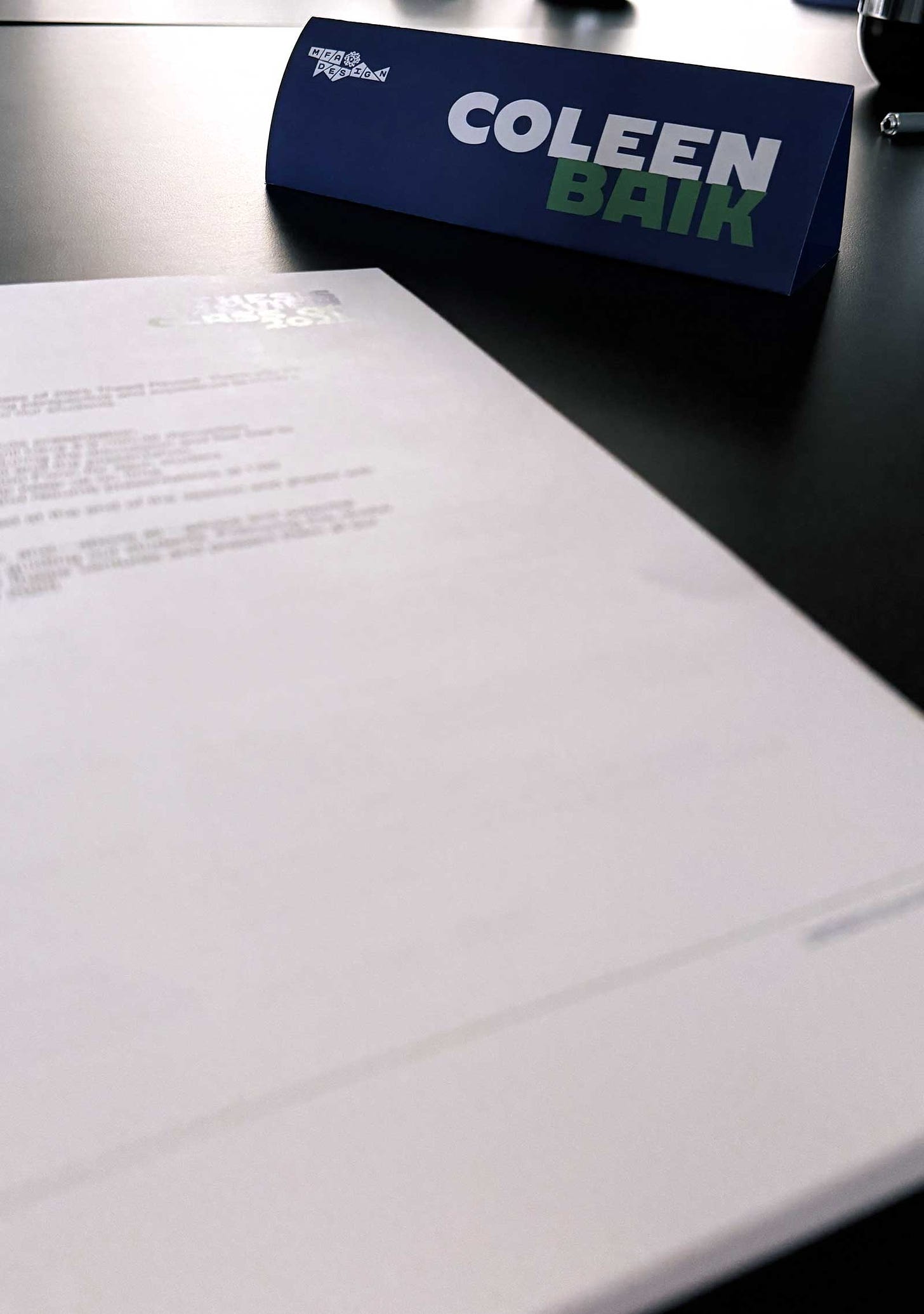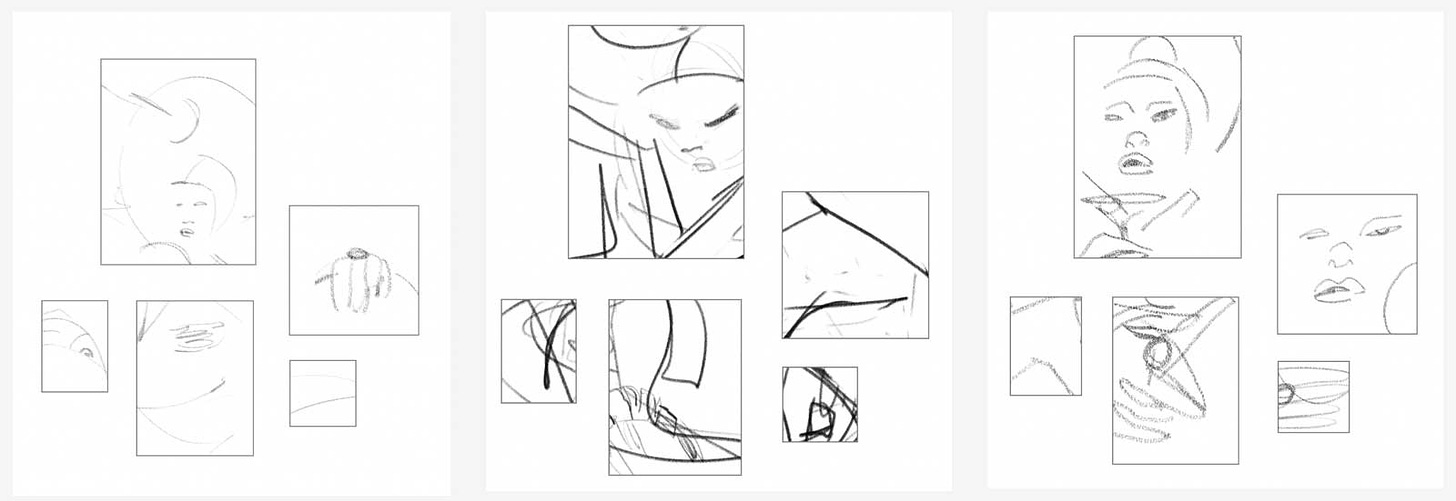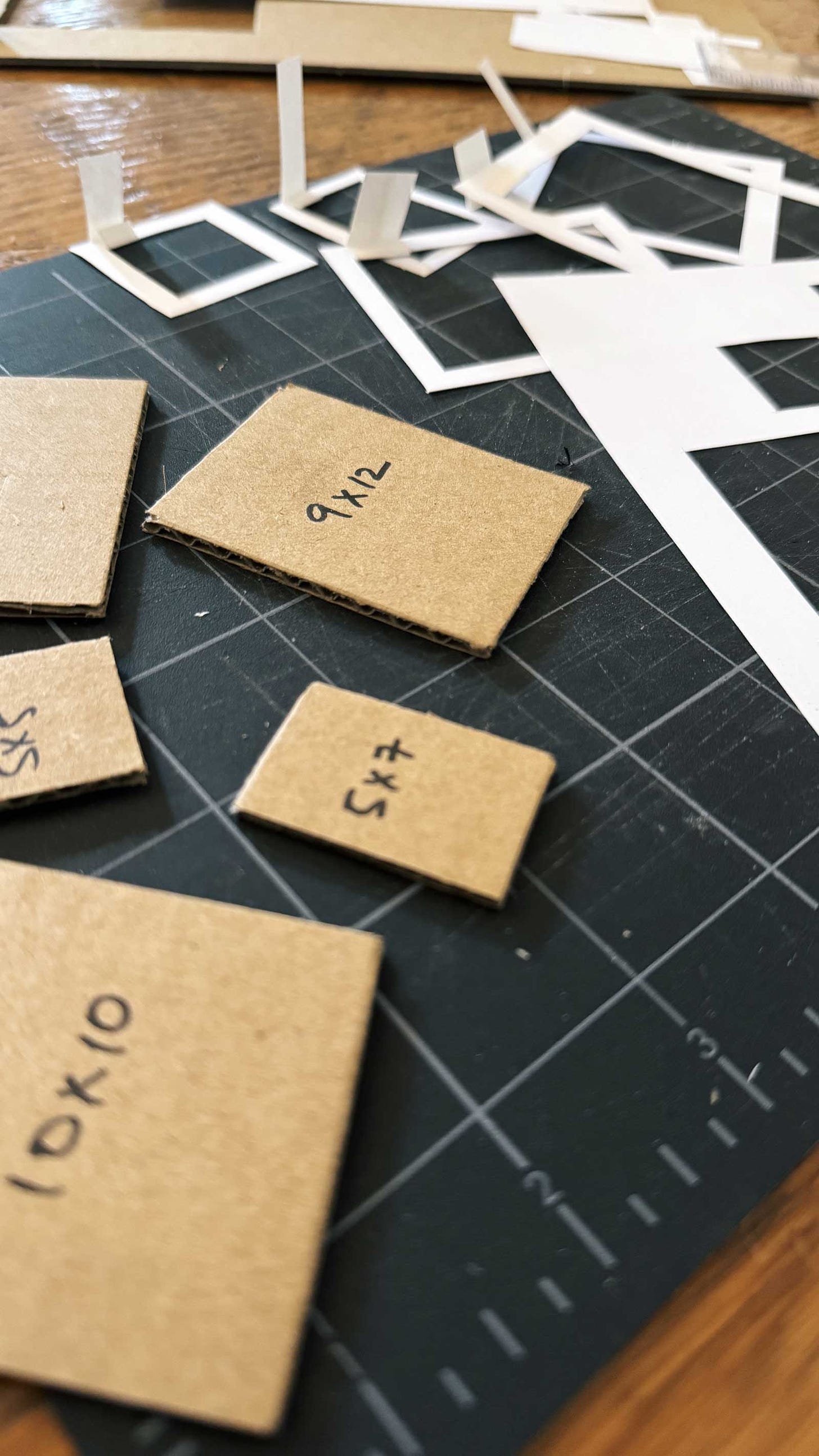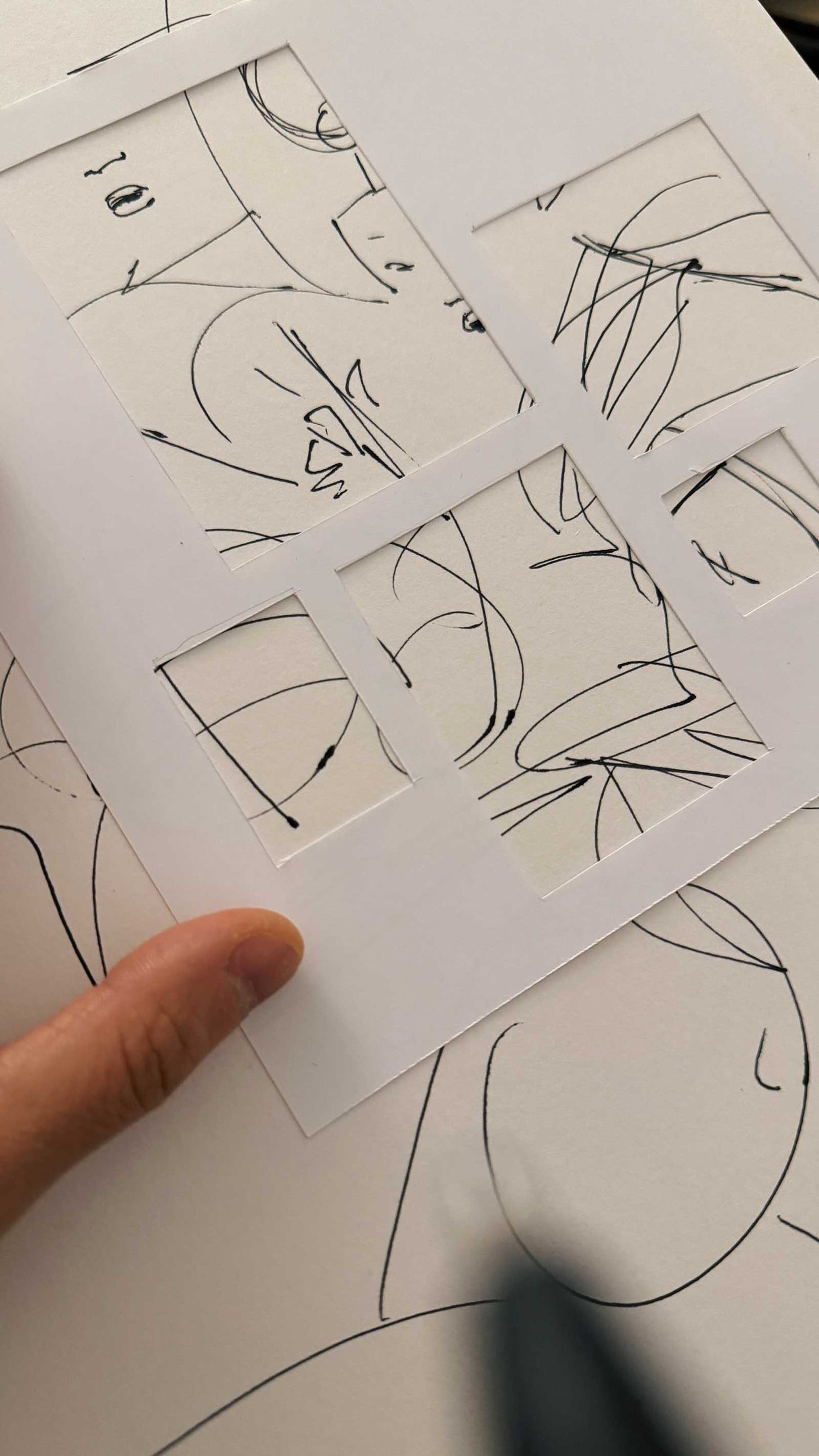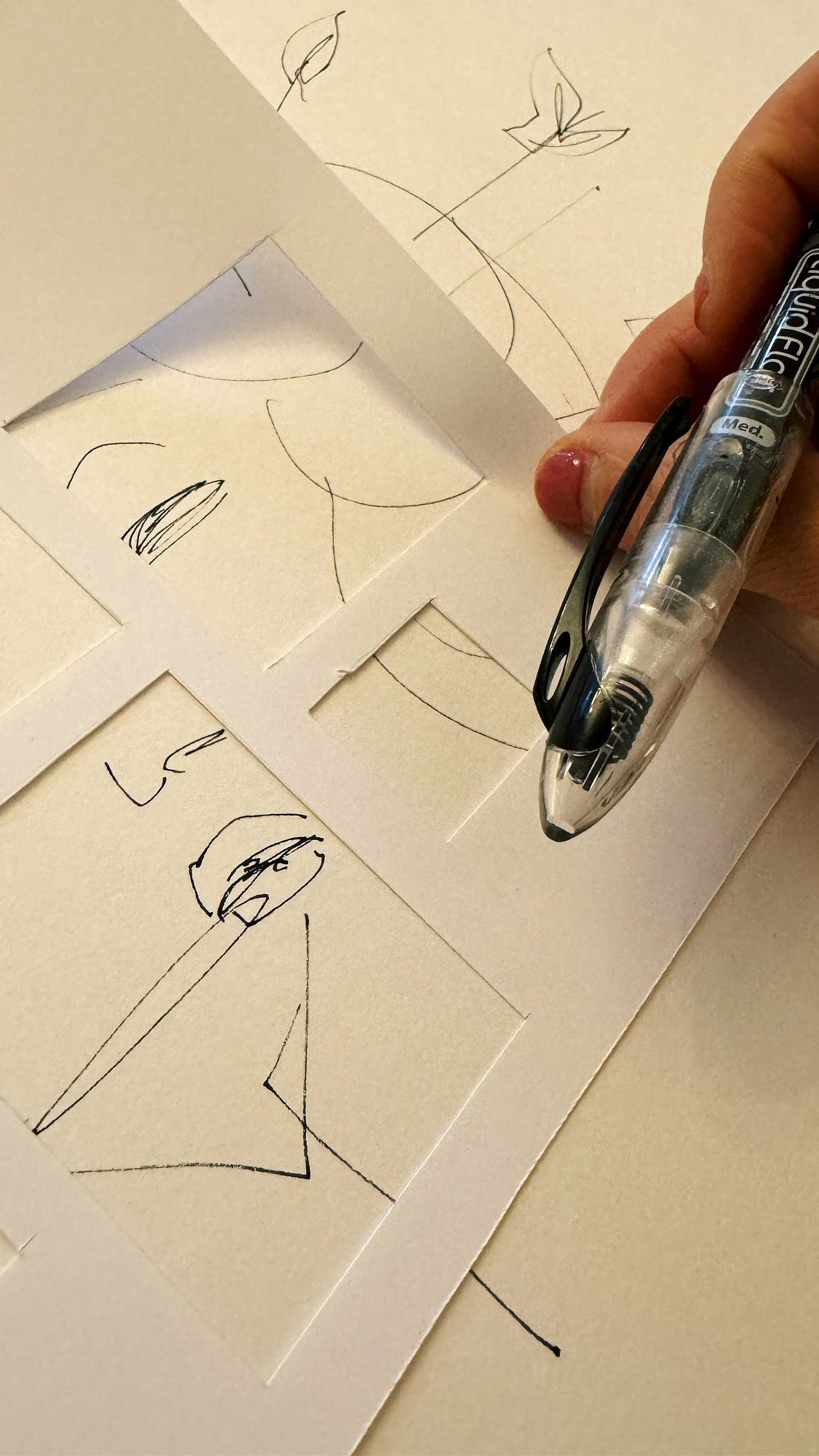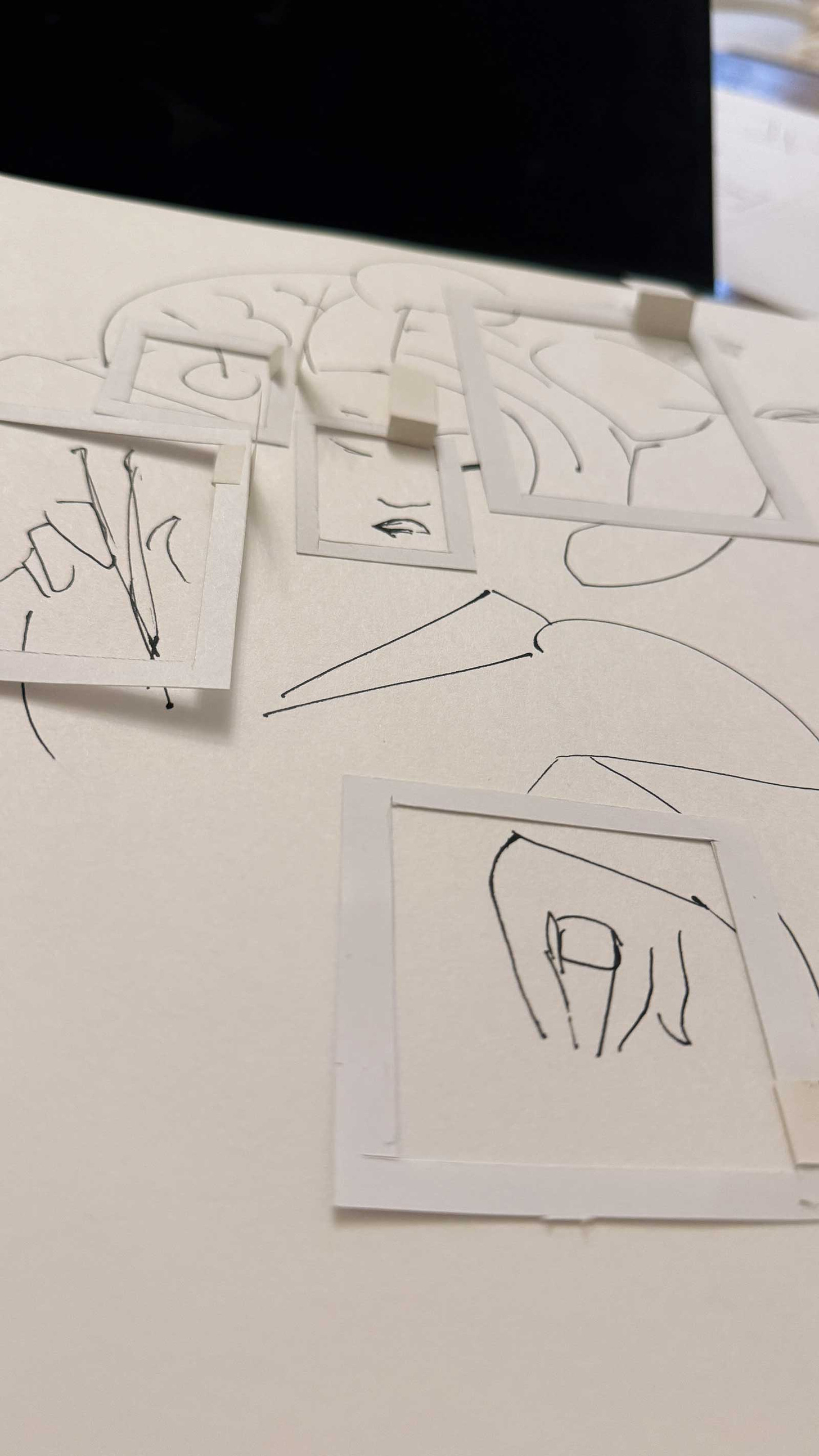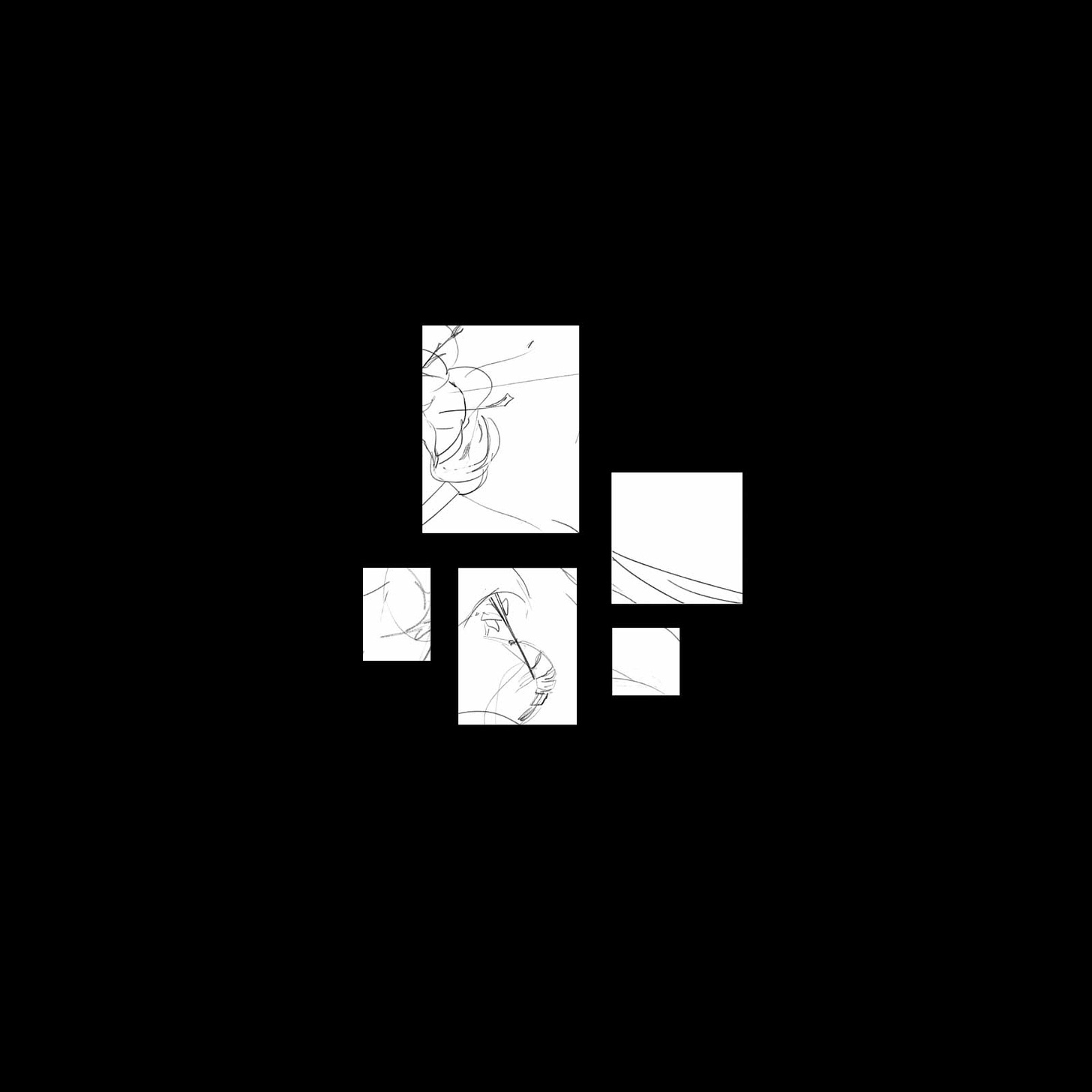Sometimes I feel as though the ground underfoot is inclining downward. The change is so gradual that I don’t much pay attention until the elevation shift becomes overt. The farther I descend, obviously, the longer it takes to return. And if I’m not well-provisioned, this can become a bad situation.
Feeling low could be driven by exhaustion and fragmentation; lowness itself negatively impacts productivity. Extended disruption of flow, rather than overwork, is almost always at the root of troubles for me; they can’t easily be mitigated with rest or leisure.
Cal Newport’s Deep Work talks about the importance of “flow state,” a term popularized by psychologist Csikszentmihalyi in 1990:
The best moments usually occur when a person's body or mind is stretched to its limits in a voluntary effort to accomplish something dificult and worthwhile. Csikszentmihalyi calls this mental state flow…[and this is why] “jobs are actually easier to enjoy than free time, because like flow activities they have built in goals, feedback rules, and challenges, all of which encourage one to become involved in one's work, to concentrate and lose oneself in it…”
It’s not surprising of course that most people feel at ease when functioning within stable structures—like a 9 to 5, say; or a conventional family life—because, in addition to the fulfilment that comes from being active, as well as believing that one is a useful part of something, the known and predictable just feels safe. And feeling safe makes one relax, which in turn facilitates fluid movement both physical and psychic.
The mind, out of flow, also amplifies the trivial and lingers over the negative.
I digress—point is, flow states are important. Not just for the work, but for happiness.
News
This week, I was honored to be invited as a guest critic to SVA’s 2025 MFA Design Thesis Review. Doubly honored, since I’m not an alumna! I enjoyed it greatly.
In the studio
Under a looming deadline, I set animation aside the past few weeks to work on an exhibit proposal. I’m investigating paintings in pentaptych, influenced by (but not necessarly to be rendered in) five colors of the traditional Korean palette, themselves associated with cardinal directions and natural materials like wood or metal.
A peek over my shoulder at the progression of work:
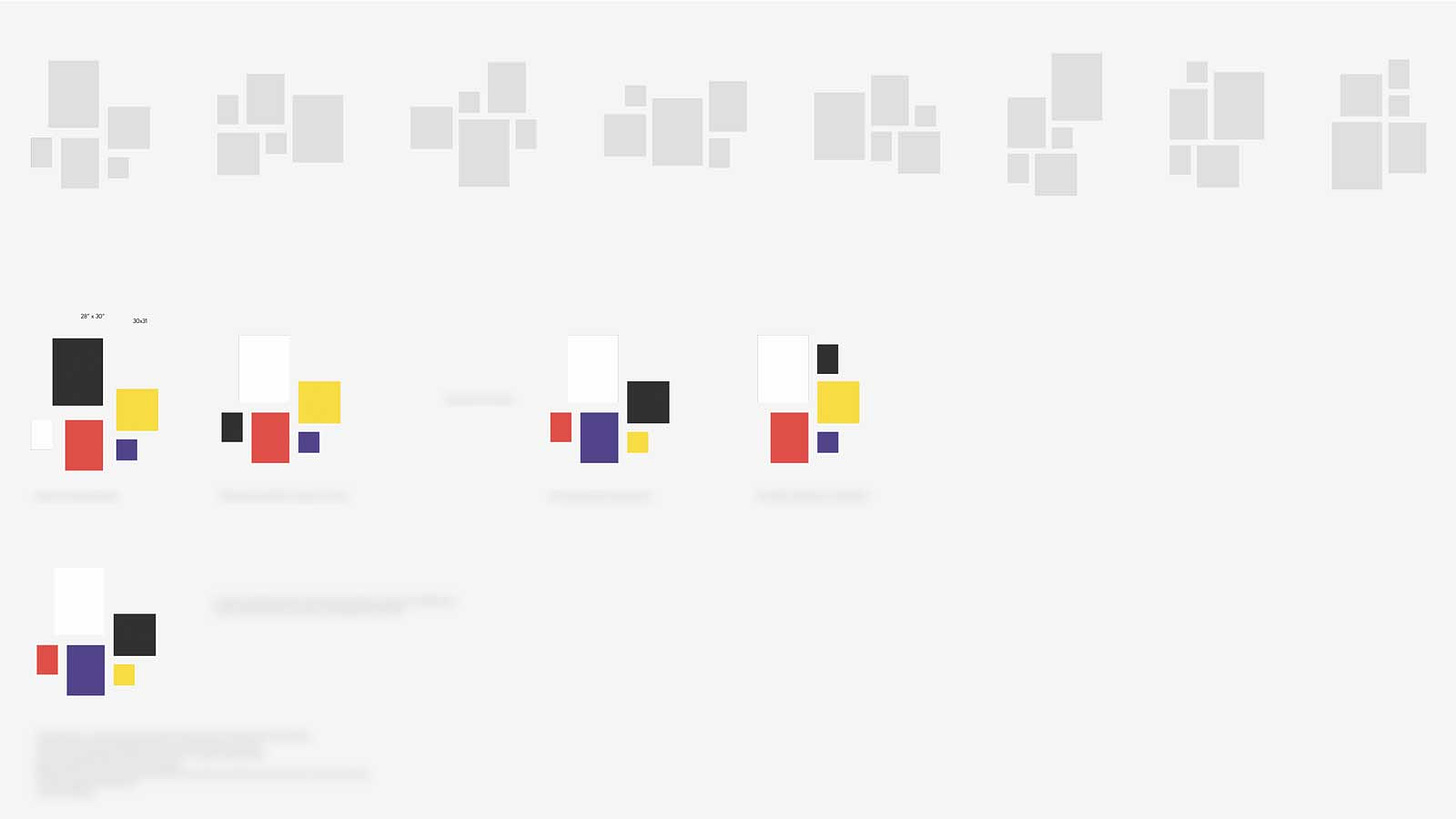
Members, continue on to see how this is translating to the wall at scale. I also include concepts that surfaced serendipitously as I played with panel composition. Plus, Provisions (what I’ve been taking in for inspiration), and a closing microessay.
Everyone else, the stuff below is, as most of my work is right now, early-stage; they seem to do better with limited exposure. I hope you enjoyed the opening provocation as well as peeks at process, above.
I am doing a promo until the end of this month (9 days remaining). Exceptionally, get 20% off annual subscriptions—forever. Rates will increase in 2025 (existing subscribers, don’t worry: you’re forever-locked in at what you signed up at).

